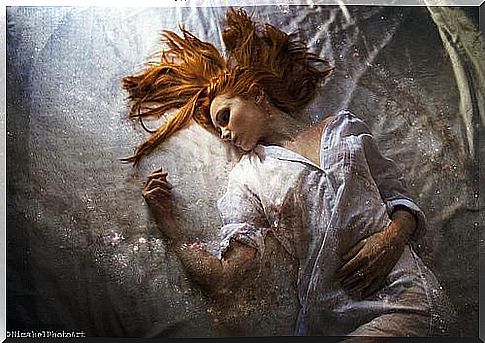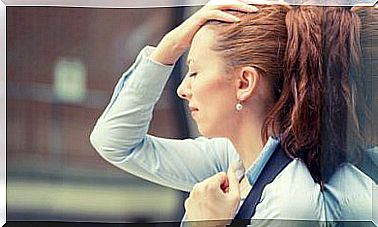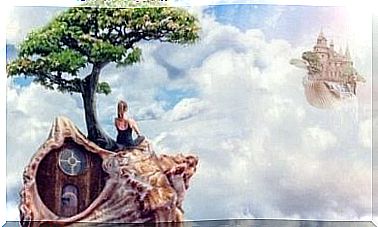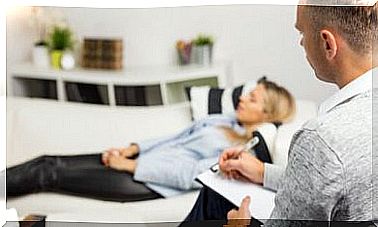Sleep Paralysis: When Nightmares Come Alive

What is sleep paralysis?
Sleep paralysis is a disorder that causes you to experience the normal phases of sleep outside of the natural order. It often occurs during REM sleep, a phase of sleep in which only the eyes, lungs, and heart are active. This is why the person cannot move and talk during sleep paralysis. Simply put, it means that your mind wakes up before your body.
Normally when you go to bed, you first fall asleep before certain substances in your brain cause your body to become ‘paralysed’. You start dreaming and even though you are running, jumping or dancing in your dreams, your brain keeps you still in your bed. When the day begins to break, you stop dreaming and your body’s mobility begins to return. Eventually you wake up again.
Now imagine this process getting mixed up. What happens if your body continues to produce glycine and gamma-aminobutyric acid (the two substances that paralyze our bodies) even after you wake up? Well, then you would wake up before your body’s mobility has returned. And what if some of the features of your dreams also mixed with your conscious state of mind? Then you have a combination that can make for a very frightening experience.
Beliefs and Symptoms
Being paralyzed makes a person feel defenseless. In addition, with sleep paralysis, the person cannot call for help or rely on their normal instincts to protect themselves. When someone is in such a vulnerable state, it can happen that his deepest fears take over him.
It is therefore more than logical that the person experiences thoughts such as ‘If I don’t control my body, who will control it?’ Many people who have experienced sleep paralysis come to the conclusion that they are being attacked by an evil force. These ideas are influenced by religious and cultural beliefs. Depending on the events that take place, the person may think that they have been possessed by ghosts, aliens, demons or other mystical creatures.
But regardless of how each of us explains the experience, there are some symptoms that virtually most people experience, which are a lack of air, chest tightness, an inability to move, and an inability to perceive certain details in the environment. such as the bed, bedside table, clock, etc. In almost all cases of sleep paralysis, the person in question slept on his back.
Do this before going to bed
Exercising every day will contribute to a more peaceful sleep. It will also be helpful to take a break from work at least once or twice a day, close your eyes, relax and take a deep breath.
Another piece of advice is to avoid excessive caffeine intake and try to get outside for at least thirty minutes every night to get some fresh air. It is also important to maintain a regular sleep schedule so that you get enough sleep each night.
What can you do during an attack?
Some people get good results by concentrating on moving one small muscle, say their finger or neck, and essentially succeed in ‘waking up’ their body. Others focus on their breathing until their body’s mobility begins to return. In any case, try to remain calm and to approach what is happening to you purely logically.
Carla MacKinnon*, who has suffered from this disorder since childhood and has done extensive research on the subject, says, “I have found that by focusing on the details of the experience and comparing it to my studies, I can distract my mind from the anxiety. In this way I eliminate the dark, overwhelming force that previously controlled this experience.”
Have you ever experienced this? Take heart, you are not alone and you can even fight this frightening disorder.
Images Courtesy of Gabriele Negri
* Carla MacKinnon is coordinator of The Sleep Paralysis Project and creator of the short film called ‘Devil In The Room’, which was completed in May 2013. The film combines techniques such as stop-motion (or stop-frame animation), live-action and 3D Mapping (also called projection mapping) to explore the worlds experienced between consciousness and sleep. The film was Carla MacKinnon’s master’s degree in Animation at the Royal College of Art. She made this film in collaboration with Seeper (seeper.com).









